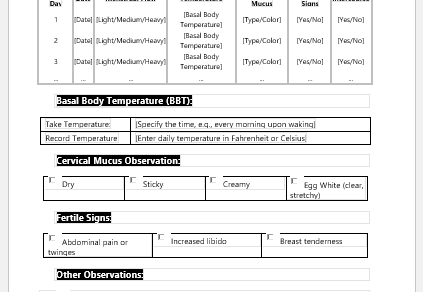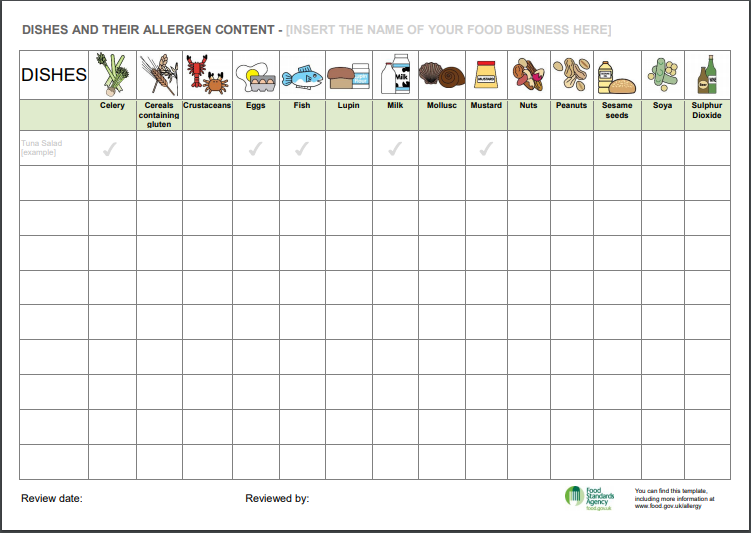Contraception is commonly referred to as birth control. It is also called fertility control, aiming to prevent pregnancy and childbirth. Birth control has been the topic of discussion for the last many decades, and a lot of research and awareness has made it possible to provide a good number of options for the general population for contraception.
Now, many methods of fertility or birth control can be opted for by couples and people to avoid unwanted or unplanned pregnancies.
- Barrier methods are the simplest form of birth control. Examples are condoms, diaphragms, female condoms, cervical caps, and sponges. The failure rate of barrier methods is relatively high, but they are still practiced.
- Intrauterine devices are also a very effective and commonly used method of contraception. Intrauterine devices have been formulated in many different forms. They act as a foreign body and make the uterine environment unfavorable for sperm fertilization or implantation. Intrauterine devices are hormonal and non-hormonal, with low failure rates. However, they are associated with heavy menstrual bleeding, which makes them an undesirable option for some females.
- Male and female sterilization is the permanent method of birth control. In males, vasectomy is done, which results in birth control. In females, permanent birth control is done by bilateral tubal ligation. This method of birth control does not apply to all couples and is highly subjective and based on personal preference.
- Contraceptive pills and injections are one of the most popular and commonly used birth control methods. The failure rate for contraceptive injections is also low, and they are thus very widely administered. However, hormonal contraceptives are also associated with menstrual irregularities in some patients. Weight gain is another problem caused by hormonal contraceptives.

The Contraceptive Pill Tracker is a simple and effective tool to help you maintain consistency, track missed pills, and stay on top of your birth control routine.
File to Download: MS Excel (2 pages)
Oral contraceptive pills and tracker
- Oral contraceptives, or contraceptive pills, are also one of the most commonly used methods of birth control. There are many forms of oral contraceptive pills. They are mainly composed of estrogen and progesterone. Some pills contain both hormones, and some are composed of progesterone only. There are also emergency pills, which must be taken within three days of intercourse.
- Birth control pills are not just used for contraception; they are also utilized for several other problems as well. The most common use of birth control pills is in the treatment of polycystic ovarian syndrome (PCOS), caused by hormonal imbalances in females. Endometriosis is another indication of the use of OCPS, or oral contraceptive pills. Other than that, OCPs are also prescribed in patients with adenomyosis, acne owing to PCOs, and irregular bleeding or amenorrhea.
A birth control pill tracker is an efficient way of keeping track of pills and not missing any doses of the drug. Compliance is the most important problem associated with OCPs and is the leading cause of the failure of this birth control method. To help reduce the problem, a tracker is advised to be followed, ensuring that pills are taken in time and no dose is missed or a double dose is administered to a female.

File to Download: MS Word (2 pages)
- Nursing Documentation Templates
- Mental Health Evaluation Forms
- Forms Used by Pediatricians
- Various Forms Related to Pregnancy Verification
- Common Forms Used by ENT Specialists
- Pain Diary Worksheet Template
- Forms Commonly Used by Old Age Homes
- Medical Treatment Consent Form
- Home Exercise Program Worksheet
- Forms Used for Mental Health Assessment
- Forms Used by Psychologists
- Medical Forms Commonly Used by/for Students
- Assessment Consent Form
- Forms Used by an Anesthesiologist
- Not Fit to Fly Certificate Template


